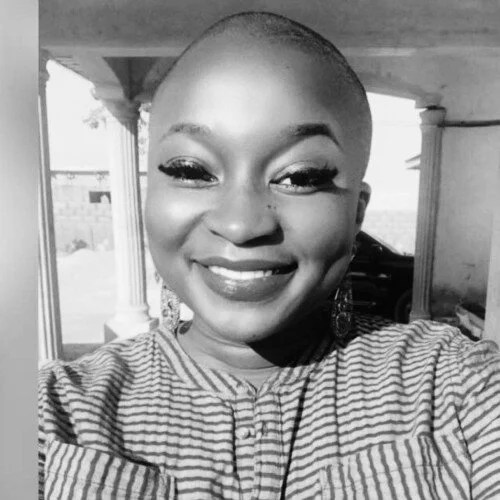Unconscious Bias: How We Hurt Our Daily Interactions Without Knowing It
/Today’s conversation around race and racism has moved beyond mere hateful acts of discrimination and bigotry. Fortunately. We are beginning to acknowledge that human beings respond to different races in unintended ways that are nonetheless biased and unfair. In conversations regarding race and ethnicity, we now use the expression Implicit Bias or Unconscious Bias. For our discussion, these terms are interchangeable. Two definitions are important.
Bias = prejudice or attitude against (or in favor of) one group of people compared with others, usually in an unfair way
Unconscious = not recognized, existing below our conscious awareness
We all have biases.
Let me repeat. We ALL have biases. We were raised by parents and teachers and neighbors who tried their best to teach us. They taught us useful things, but they also taught us their prejudices. Sometimes this was by direct instruction: “Don’t hang out with kids from that neighborhood!”
Sometimes this was by unspoken example: They never invited people from other races to their gatherings.
Image: youtube.com
All the while they were teaching us, we were making mental notes. When we became adults, we may have experienced contradictory examples, but we still held some values that we received as children.
Unconscious bias is a huge topic. There are two examples of unconscious bias I’d like to look at today: orchestras and police departments.
Biases in Orchestra Membership
In the 1970s, U.S. orchestras were nine-tenths male. In order to increase female membership, orchestra leaders started auditioning musician applicants behind a screen, so they could hear the playing but not see who was playing. These “blind auditions” are believed to be responsible for a jump in female musician membership to around 35% two decades later. If we believe that women can also be excellent musicians, why did past orchestras include so few women? Well, if judges are used to seeing males playing in orchestras, they have an easy time choosing new musicians based on what they’ve experienced in the past. It’s a bias they unconsciously held that influenced their hiring practices. By using blind audition techniques, other industries now report similar results in the hiring of both women and racially underrepresented applicants.
Biases in Policing
Police officers, like all members of society, have grown up with messages about race. The messages may have come from family members’ storytelling and stereotyping. Messages may come from lived experience. They certainly also came from the media. How are people of color, especially African Americans, portrayed in the media? Who is portrayed as powerful, in charge, innovative, responsible, or accomplished on the front page? (This is something you can test out when you pass a newsstand.) Answer: mostly whites (and most often males). Who is portrayed as needing help or in trouble? Answer: mostly people of color.
A word on brain function: our fear center is the amygdala, sometimes called our reptilian brain. It does not analyze; it does not reason; it acts quickly to protect us. It says “Run away!” or it says “Stand and fight!” It is based on thousands of years of biological survival. Now, if smart, good-willed police officers go to their jobs and need to assess emergency situations quickly, what information informs those decisions? Quiet, rational reflections? Or responses from the amygdala? If we have hundreds of bits of input saying that black people, brown people are dangerous, how will we respond?
Why did a white police officer shoot 12-year-old Tamir Rice in Cleveland, Ohio, in 2014 only two seconds after arriving at the park where Rice was playing with a toy gun? Would the officer have responded similarly if Rice had been white? Policing statistics suggest no.
Michael Brown was shot six times by a white police officer in Ferguson, MO. (Image: wikipedia.com)
What Can We Do?
Given this frightening outcome—much more dangerous than discriminating against female orchestra applicants, what can we do?
The first step is recognizing that we all have biases. Where did we come from, what are our biases (surrounding race as well as other differentiating characteristics)? After we understand these roots, we can begin to put practices in place to override the natural biases we have accumulated in our lives. Remember: It does no good to beat ourselves up; our history is our history. What we do to educate ourselves for the future, however, is completely up to us.
I invite you to join me in this conversation of identifying your blind spots––whether in hiring practices, promotions, discipline policy, and more––and then creating procedures that move your organization forward. Call me today to set up an appointment to talk about your specific concerns. No change happens without intentionality. Let’s act on those intentions today.







